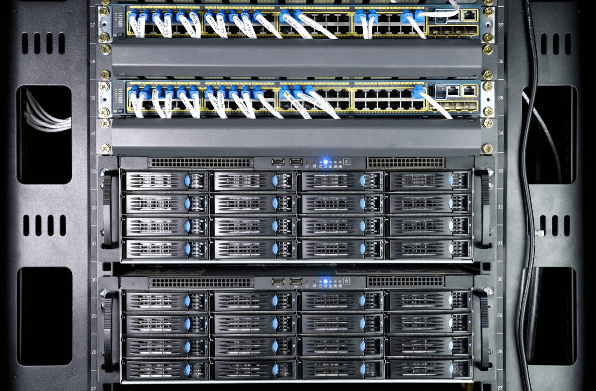Best practices for managing a Scale Out NAS environment.

Introduction:
A scale-out network attached storage (NAS) environment is ideal for businesses that need to manage and store large amounts of data quickly. It can also be used to increase an organization’s storage capacity without having to purchase additional hardware. While setting up a scale out NAS environment can be relatively straightforward, managing it effectively requires careful planning and execution. Let’s take a look at some of the best practices for managing a scale out NAS environment.
Scalability is an important factor when it comes to storage infrastructure. When you need more space or performance, you can scale up your existing environment or scale out by adding additional nodes. When it comes to managing a Scale Out Network Attached Storage (NAS) environment, Let’s take a look at other factors.
1)First Step
The first step to ensuring optimal performance in your NAS systems is to have the proper hardware setup. This includes having enough RAM, CPUs, and hard drives for the workloads that will be running in the system.
Additionally, make sure that the RAID configuration is set up correctly and that the individual nodes are balanced properly for maximum throughput. Any misconfigurations could lead to degraded performance or worse yet, data loss.
2)Second Step
Another key component of maximizing performance in a Scale Out NAS environment is proper monitoring and maintenance of the system. Make sure that all nodes are monitored regularly so that any issues can be identified quickly and addressed before they become major problems.
This includes regularly checking for firmware updates and making sure that all settings are configured correctly. Additionally, it is important to run regular diagnostics on each node so that any potential problems can be identified early on and addressed before they become bigger issues down the line.
3)Third Step
Finally, it is important to keep up with data management best practices when running a Scale Out NAS environment. This includes regularly backing up data and archiving older files so that only relevant data is stored on-site. Additionally, if possible, use deduplication technologies to reduce storage requirements and offsite backup solutions such as cloud storage for added redundancy in case of catastrophic failure or natural disaster.
Conclusion:
Managing a Scale Out NAS environment requires careful planning and execution to ensure maximum performance and reliability. It starts with having the right hardware setup including enough RAM, CPUs, hard drives, and RAID configuration set up properly across all nodes in the system.
Additionally, regular monitoring and maintenance of each node should be done as well as following data management best practices such as backing up files regularly and using deduplication technologies wherever possible for reduced storage requirements without sacrificing performance or reliability of the system as a whole. Adhering to these best practices will help ensure that your Scale Out NAS environment is running at peak efficiency at all times!